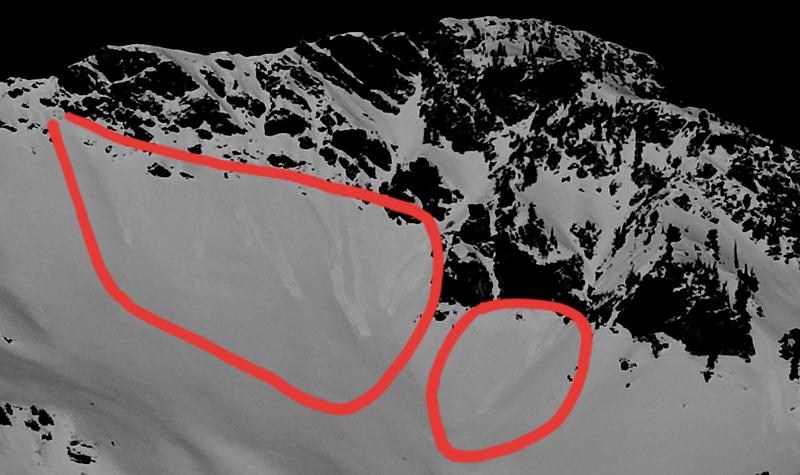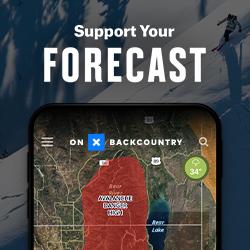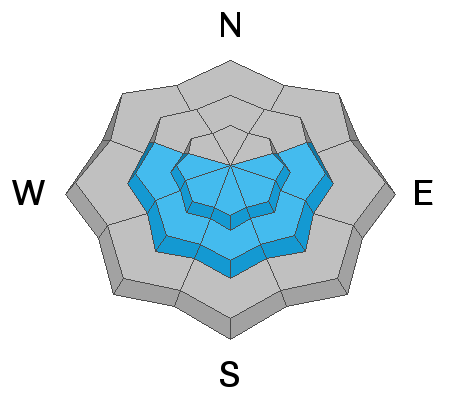We know there is a lot of uncertainty regarding the Coronavirus, but the Utah Avalanche Center is planning to continue issuing regular avalanche forecasts into April.
Uphill Travel at Ski Areas - Some closed resorts are offering limited uphill access, and policies may change daily. The latest information about uphill access from Ski Utah is posted
HERE.
Travel in the mountains is still a relatively safe way to get out, exercise, find joy, and maintain a sense of normalcy. During these challenging times, the UAC asks that you do not carpool with people who live outside of your household, keep your groups small, and don’t have social gatherings at the parking lot before or after your day out. Please take extra precautions to avoid the risk of accidents that could require medical attention. Any backcountry accident can stress the capacity of our medical system.
This morning, mountain temperatures are in the low-30s F at trailheads and upper-20s F at ridgelines. Winds are southwesterly and have increased overnight, currently averaging in the mid-teens with gusts of 30 mph at mid-elevations, and gusts near 35 mph at upper-elevations.
Today, a weak high pressure will build over the area and bring mostly sunny skies, mountain temperatures in the mid-30s F, and southwesterly winds averaging 5-15 mph at mid-elevations and 15-25 mph, with gusts up to 30 mph at upper elevations.
The next round of measurable precipitation will begin late tomorrow morning, or early afternoon before a cold front pushes through the area Tuesday into Wednesday.
Many natural wet-loose avalanches reported in the Ogden area backcountry.
Below is a photo from the shed cycle on the Willard Side of the headwall. (Photo: D. DeBruin) See the full observation
HERE.
As always, you can find more details in the Observations and Avalanches tab above and locations of these areas
HERE 







